Oct 28, 2025 10:47 AM
In Memoriam: Jack DeJohnette, 1942–2025
Jack DeJohnette, a bold and resourceful drummer and NEA Jazz Master who forged a unique vocabulary on the kit over his…
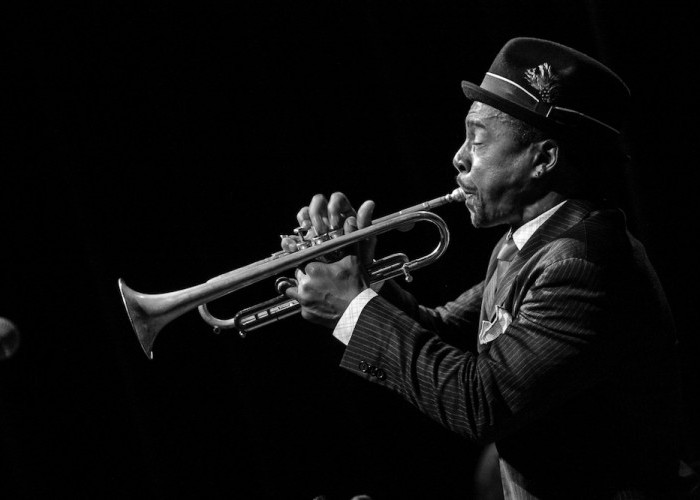
Roy Hargrove (1969–2018)
(Photo: Mark Sheldon)“Roy assembled a unique band of strong and contrasting personalities to create a visionary music at the time,” said saxophonist Jacques Schwarz-Bart, who participated in Hard Groove and played with Hargrove on D’Angelo’s Voodoo tour. “This project has become a reference for the new generation of musicians.”
A key ingredient to the album’s success was Hargrove recruiting sound engineer Russ Elevado, who helped create the album’s hazy sonic allure. “[Elevado] knows how to take live instruments, make them sound correct, but sound like the funk,” the trumpeter explained to DownBeat in 2003. “I wanted [Hard Groove] to have the sonic quality of hip-hop and r&b, but still have enough sophistication where people can listen to it and say, ‘That’s music.’”
Hargrove continued exploring early-21st century hip-hop and soul on RH Factor’s Strength (2004) and Distractions (2006), as well as recordings by Badu and D’Angelo. During this time, Hargrove emerged as a mentor to a younger generation of jazz musicians. His final two major releases—2008’s quintet album Earfood (EmArcy) and the 2009 big band disc Emergence (Groovin’ High)—helped introduce such commanding jazz artists as drummers Montez Coleman and Quincy Phillips, bassists Danton Bolder and Ameen Saleem, and pianists Gerald Clayton and Sullivan Fortner.
As a bandleader, Hargrove developed an expansive songbook that included lesser-known compositions written by Matthews, Willis, Cedar Walton and Weldon Irvine. “One of Roy’s gifts was his memory,” said alto saxophonist Justin Robinson, who played in Hargrove’s band starting in 2001. “He had total recall of music parts that he played. You could play something with him and maybe 10 years later, he’ll bring it up and play the same thing back to you.”
Hargrove also penned gems such as “Roy Allan,” “Trust” and “Strasbourg/St. Denis” that are frequently played by other jazz artists. “He was always writing,” Robinson said. “There are things that have not been recorded that he just recently composed. He was always sitting at the piano, writing something down, or developing something on the trumpet.”
Despite the health problems and substance abuse that haunted Hargrove throughout much of his career, he consistently performed with power and indefatigable imagination. “The world really didn’t get to see the full level of Roy Hargrove’s talent,” saxophonist Hart said. “He was beyond category and the word ‘genius.’ Roy had something that you only see a couple of times in your life—something that you’d see in a Charlie Parker or John Coltrane.”
Hargrove is survived by his mother; his wife, singer Aida Brandes; a daughter, Kamala; and his brother, Brian. DB
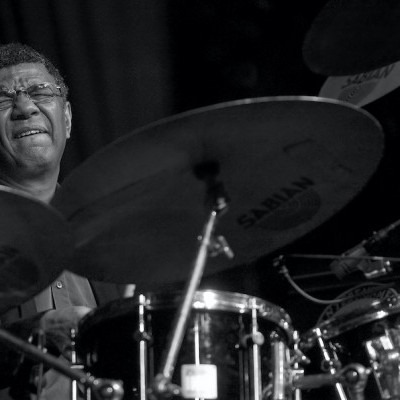
Jack DeJohnette boasted a musical resume that was as long as it was fearsome.
Oct 28, 2025 10:47 AM
Jack DeJohnette, a bold and resourceful drummer and NEA Jazz Master who forged a unique vocabulary on the kit over his…
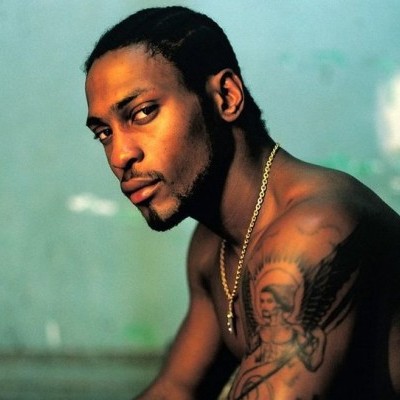
D’Angelo achieved commercial and critical success experimenting with a fusion of jazz, funk, soul, R&B and hip-hop.
Oct 14, 2025 1:47 PM
D’Angelo, a Grammy-winning R&B and neo-soul singer, guitarist and pianist who exerted a profound influence on 21st…
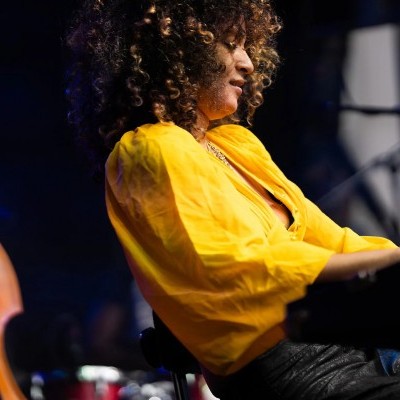
Kandace Springs channeled Shirley Horn’s deliberate phrasing and sublime self-accompaniment during her set at this year’s Pittsburgh International Jazz Festival.
Sep 30, 2025 12:28 PM
Janis Burley, the Pittsburgh International Jazz Festival’s founder and artistic director, did not, as might be…
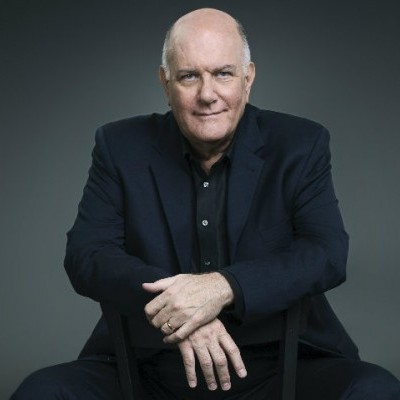
Jim McNeely’s singular body of work had a profound and lasting influence on many of today’s top jazz composers in the U.S. and in Europe.
Oct 7, 2025 3:40 PM
Pianist Jim McNeely, one of the most distinguished large ensemble jazz composers of his generation, died Sept. 26 at…
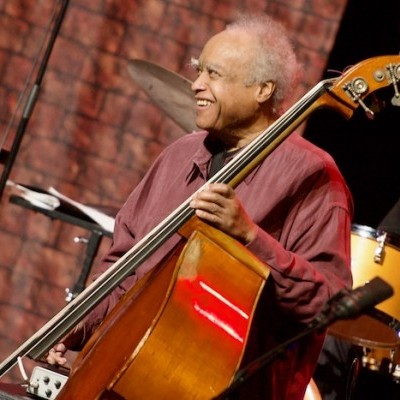
Drummond was cherished by generations of mainstream jazz listeners and bandleaders for his authoritative tonal presence, a defining quality of his style most apparent when he played his instrument unamplified.
Nov 4, 2025 11:39 AM
Ray Drummond, a first-call bassist who appeared on hundreds of albums as a sideman for some of the top names in jazz…